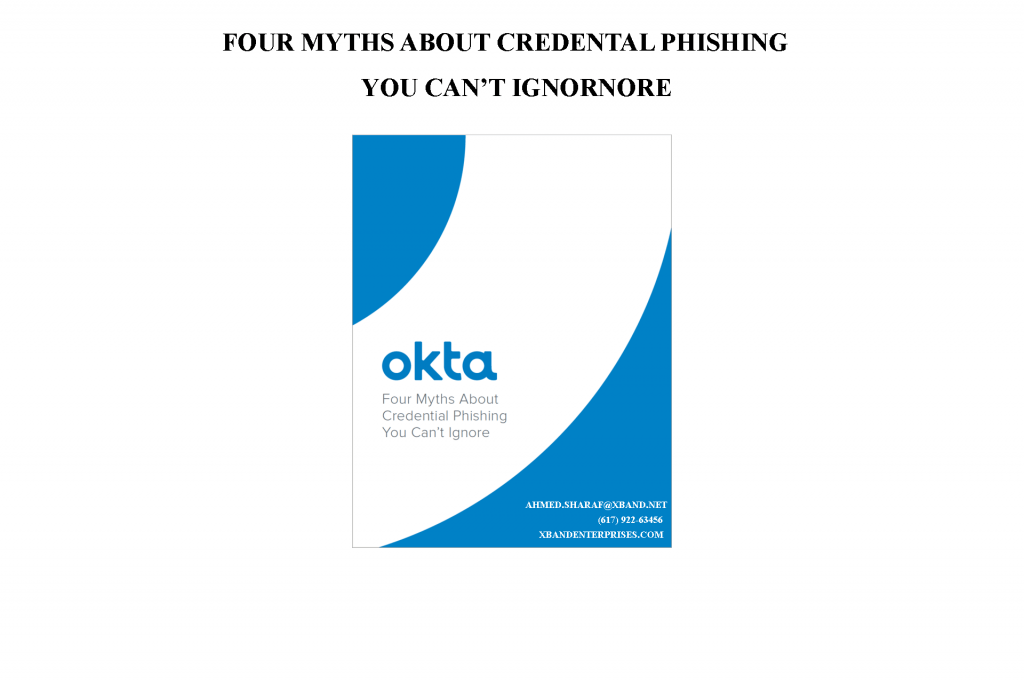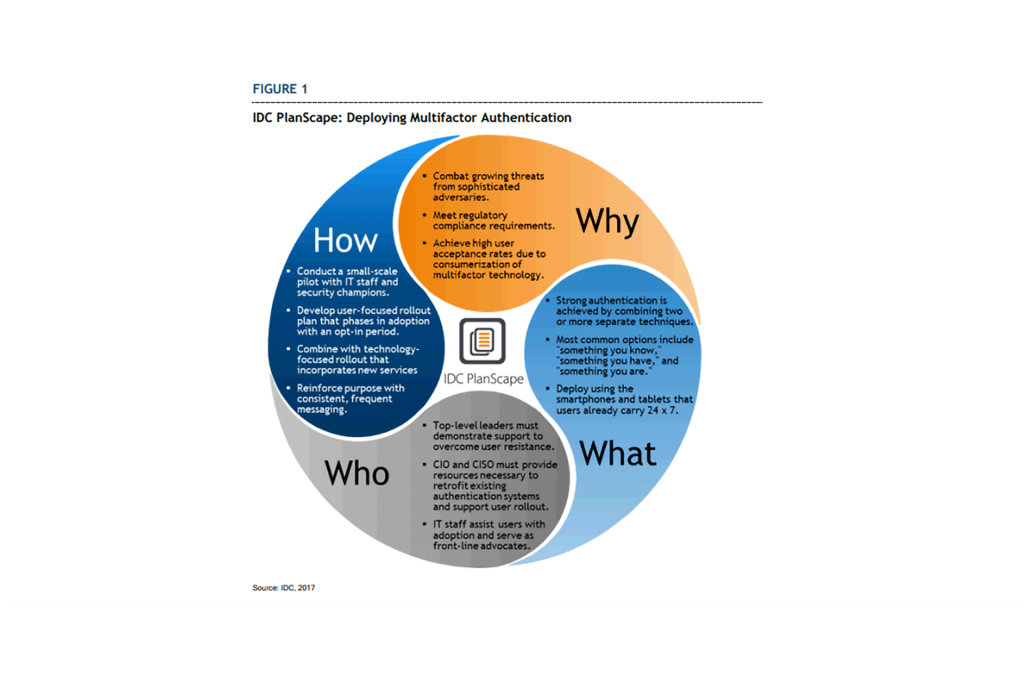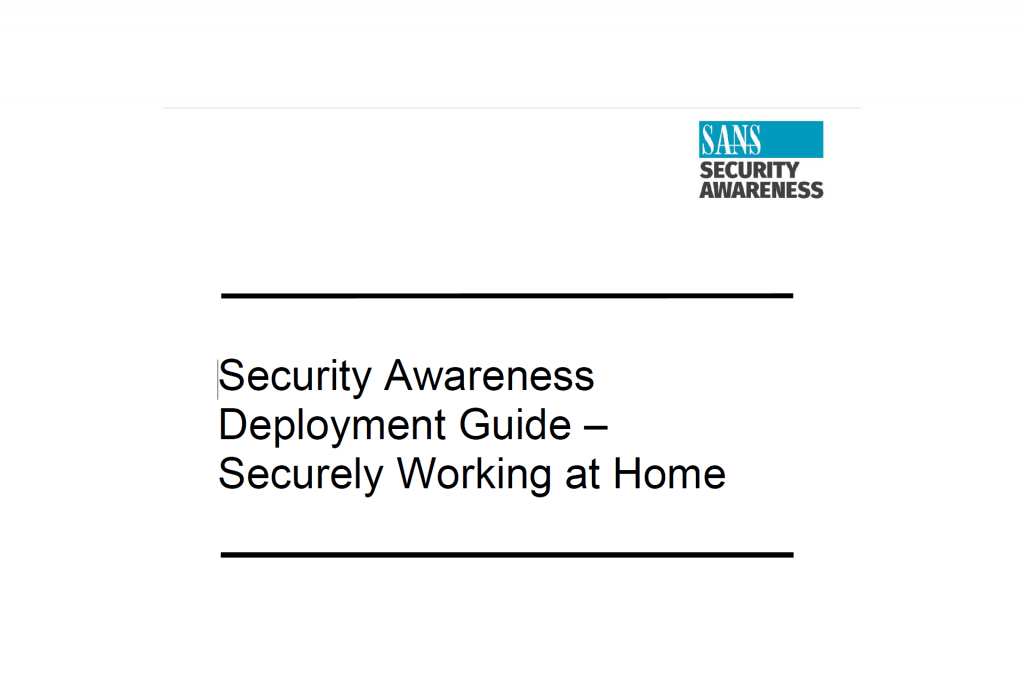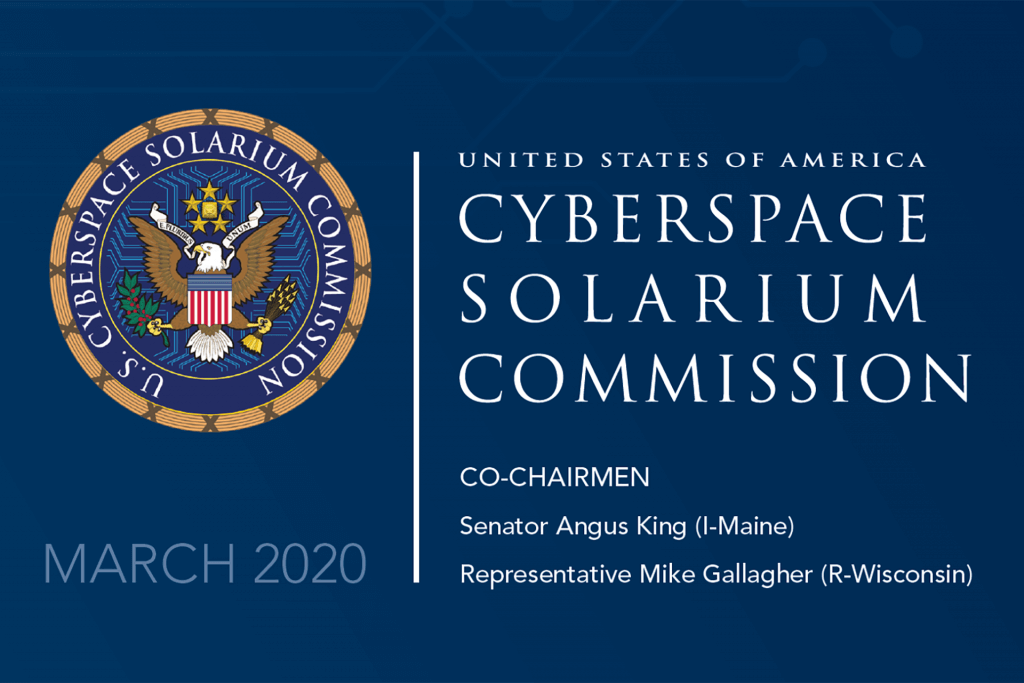Best Practices for Safe and Secure Meetings with OnlineMeeting
Here at XBAND, we’re dedicated to providing users with a safe and secure video conferencing experience from their office, home, and anywhere in between. Read this blog to learn how to keep your meetings secure when using XBAND OnlineMeeting as a standalone service or with our XBAND Elevate service. Before Your Meeting There is a common misconception that meeting security is only relevant while meetings are taking place–this is false. With OnlineMeeting, one of the best ways to secure your meetings is when you are scheduling them. When hosts send out meeting invites, their attendees receive a meeting code to join the meeting. Typically, this code stays the same for …
Best Practices for Safe and Secure Meetings with OnlineMeeting Read More »




